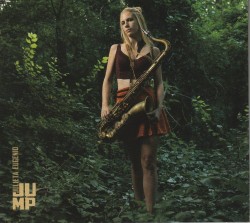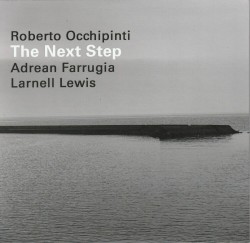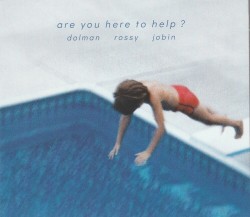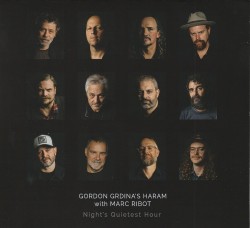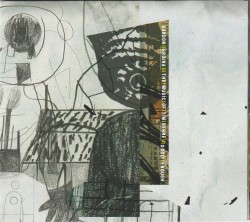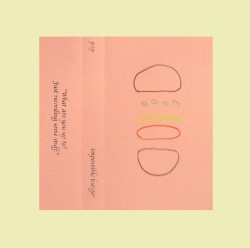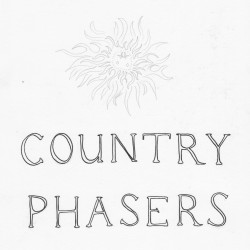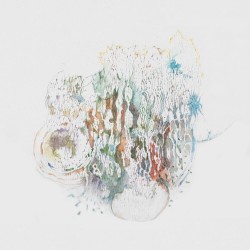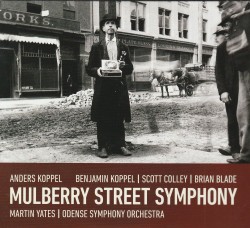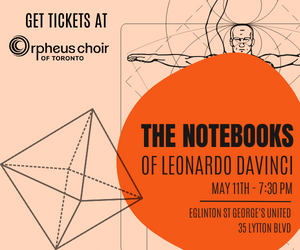Neon - Andrew Boudreau; Neta Raanan; Simon Willson; Eviatar Slivnik
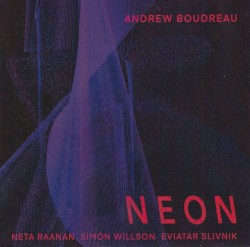 Neon
Neon
Andrew Boudreau; Neta Raanan; Simon Willson; Eviatar Slivnik
Fresh Sound New Talent FSNT-634 (andrewboudreau.com)
The liquid pianism of Andrew Boudreau is a treat for the connoisseur’s inner ear. His debut disc Neon is launched in irrepressible fashion with vivid original compositions that appear to come at you from very interesting, oblique harmonic and rhythmic angles. Both complementary and contrasting colours and tone textures nestle cheek by jowl. They spring from a single source: the questing mind of a young composer and pianist who thrusts his music off the beaten path.
Boudreau makes a proverbial splash on his first outing as a recording artist. He brings his prodigious musical gifts to these songs. He plays with intuition and intellect; with elegance of form, generous lyricism and tumbling fantasy. This makes the program eminently beckoning.
The tunes Neon, Ghost Stories and Hopscotch are extraordinarily eloquent and seductive, and the pianist, justifiably shines through them. But this riveting musicianship is not the sole purview of Boudreau. He plays with equally intriguing bedfellows. The bassist Simón Willson and drummer Eviatar Slivnik are fully attuned to the pianist’s vision and artistry and – together with tenor saxophonist Neta Raanan – these artists have formed an elegant musical relationship.
Boudreau – a talent worth watching – goes for unforced clarity rather than the nth degree of excitement. It won’t matter to you that his fresh, spacious and airy interpretation of this piano-driven repertoire lacks the kind of celebratory noise that many debutants go for on their first outing on disc.


